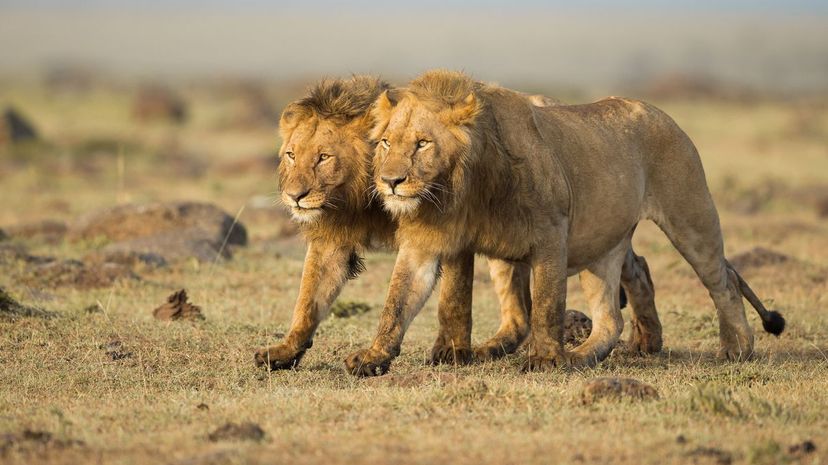
About This Quiz
The cats in your neighborhood might be cute and cuddly (when they want something), but there are few other species of cats that you'd want in your home. Most house cats weight less than 15 pounds whereas the largest wild cat, the Siberian Tiger, can weigh up to 700 pounds.
There are 37 officially recognized species of cats, however, many of these come in several subspecies. The tiger is one of the most recognizable animals in the world, but did you know that there are nine subspecies of this cat?Â
Occasionally, wild cats will crossbreed with other species. One of the strangest cats has to be the liger. You won't find a liger in the wild, but you'll find them in some zoos after a male lion breeds with a female tiger. What happens when you mix a female lion with a male tiger? Well, then you get a tigon. They may sound like made-up species, but they take on the features of both animals. Several other strange crossbreeds occasionally occur in captivity, including the leopon (leopard and lion), pantheon (panther and lion), and Savannah cat (serval and domesticated cat).
How well do you think you know these wild cat species? If you're ready to get a purr-fect score, let's get started!
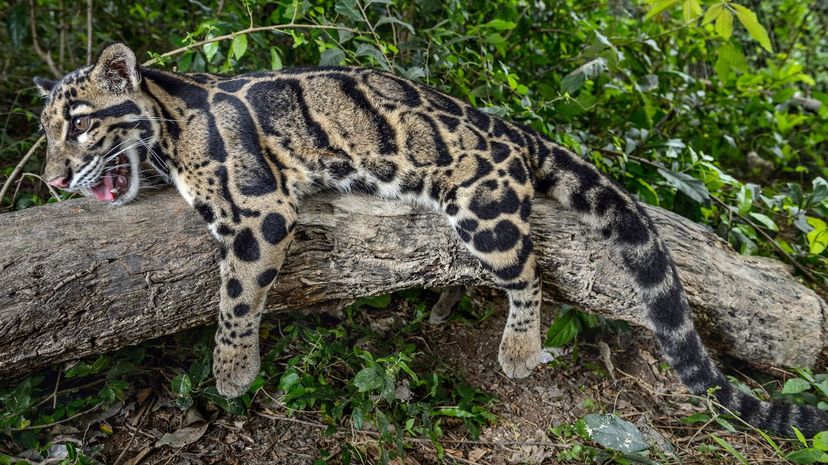
The next time you're taking a stroll through the Himalayan foothills, keep an eye out for this big kitty that has vulnerable conservation status. It's thought that there are fewer than 10,000 of them left in the wild.

Can you tell the difference between a leopard and a jaguar? The key difference is the spots. A jaguar has a black dot inside the spots while the leopard doesn't. Jaguars are also stockier and more bulked than leopards.
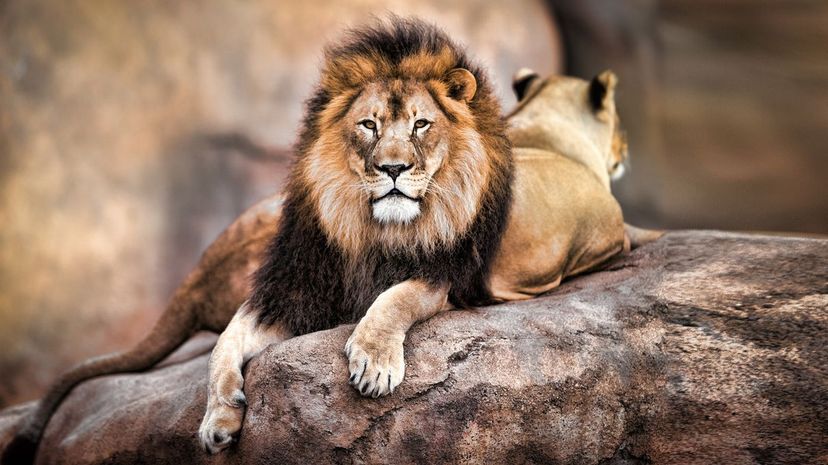
There are few animals more broadly recognizable than a lion. They're known as the king of the beasts for a reason. Males can reach more than 550 pounds while females reach about 400 pounds. However, they're not the largest species of wild cats. That title belongs to the Siberian tiger.
Advertisement
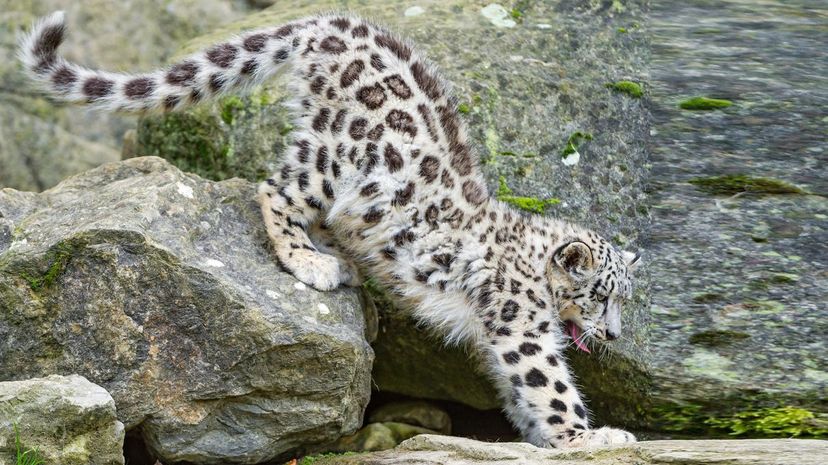
You probably won't see two snow leopards in the wild together. In fact, you're lucky to see one at all in the wild. The largest population of snow leopards (about 4,500 cats) is thought to be in China.
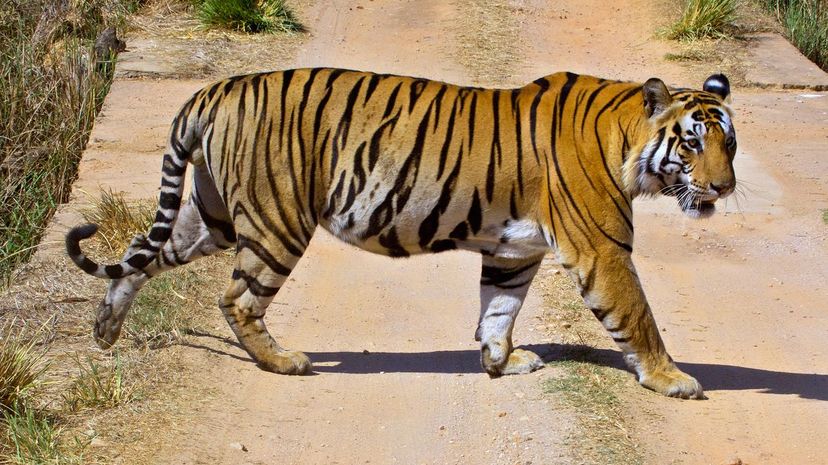
In the wild, tigers spend most of their time hunting at night. Unlike most domesticated cats, they're fond of water. They've been known to swim close to 30 kilometers (about 18 and a half miles) in a single day, which helps them travel between islands.

This small cat lives in forests at an altitude of up to 8,200 feet, and their range spreads from the Himalayas to Southeast Asia. They reach a maximum weight of 11 pounds, making them about the same size as a house cat.
Advertisement
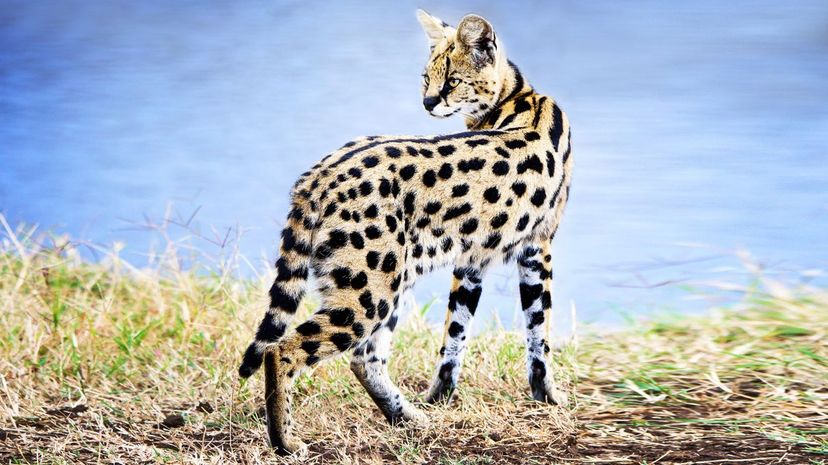
Servals make their home throughout most of Southern Africa, but there's also a small population in Morocco. Unlike many big cat species, their conservation status is of least concern.
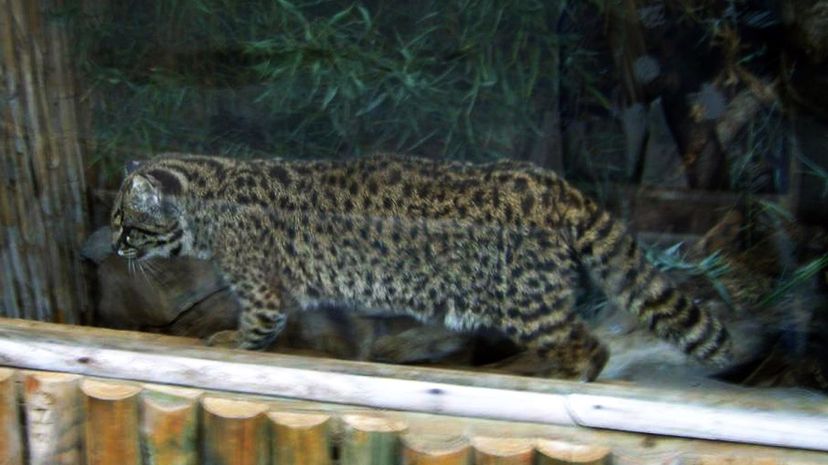
The kodkod isn't going to win any awards for its intimidation factor. It's the smallest cat species in North or South America. They grow to a maximum of about 5.5 pounds and about 10 inches tall.
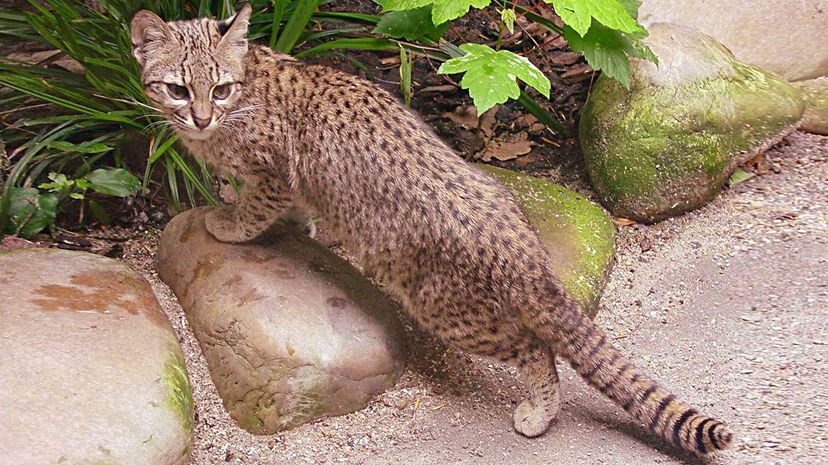
The Geoffroy's cat is native from Argentina to central Bolivia. They grow to a maximum of about 17 pounds and are generally no longer than two feet long. They're usually solitary except during the mating season.
Advertisement
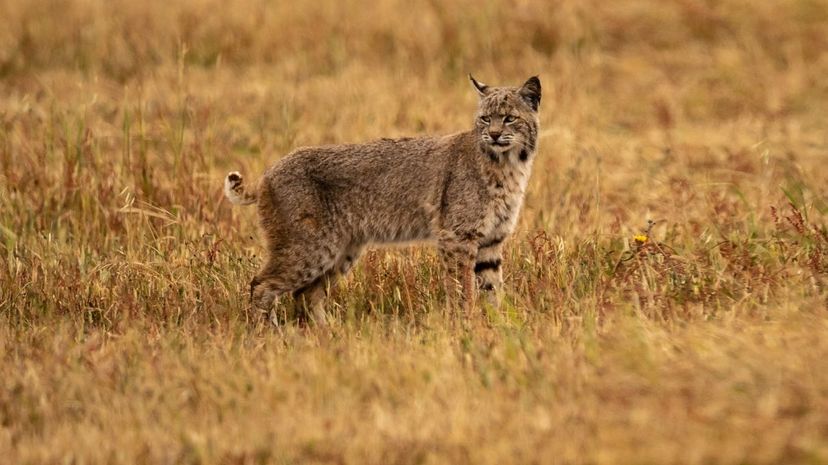
There are 13 subspecies of bobcat, however many of them have very similar features and are difficult to differentiate. The largest male cats weigh about 40 pounds, but most males average about half of that.

There are fewer than 2,500 adult bay cats in the wild. Their habitat is limited to the island of Borneo in Indonesia. Don't expect to see one if you visit, however. They're somewhat secretive and are rarely seen in the wild.

This small to medium-size cat is closely related to the serval, which is also located across Africa. The African golden cat is primarily found in the rainforest. Deforestation is their biggest threat, and they currently have a conservation status of vulnerable.
Advertisement

There are seven subspecies of the pampas cat, which is only slightly larger than the cat you may have in your house. You can find them in most South American countries, including Brazil, Argentina, Chile, Bolivia and Ecuador.
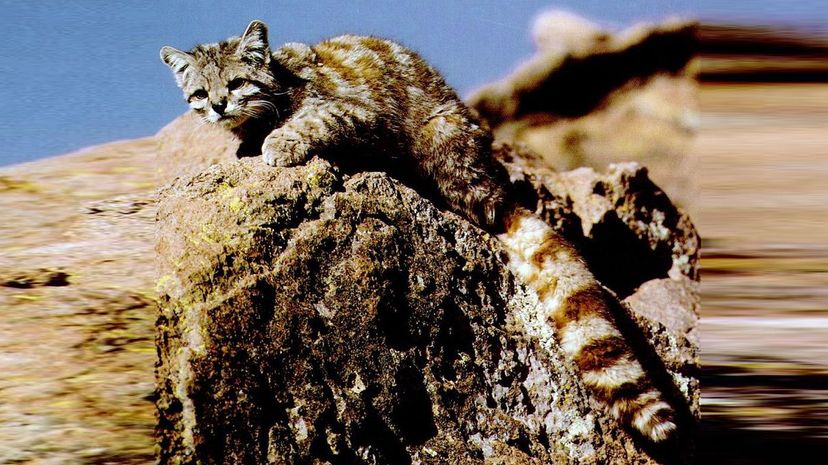
As the name suggests, you can find the Andean mountain cat in the foothills of the Andes Mountains. It's considered to be endangered because there are fewer than 2,500 left in the wild. They look very similar to the pampas cat.
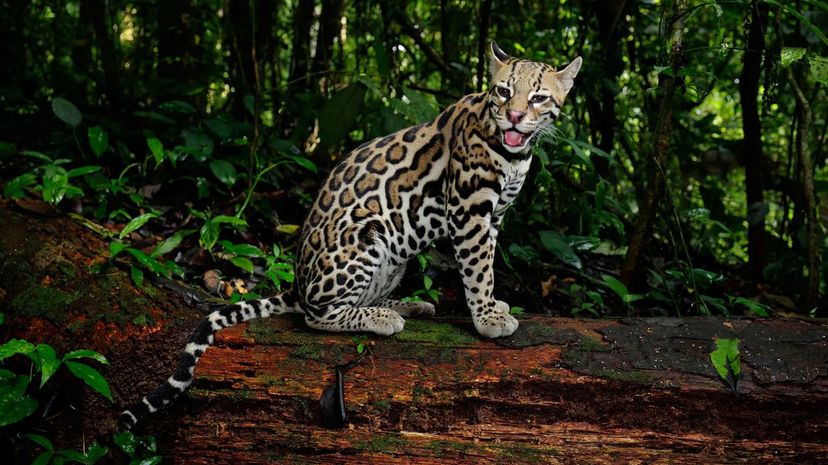
The ocelot is native to northern South America, Mexico and the United States. One of its biggest threats is poaching. Their spotted fur is often sold illegally. However, their population is currently considered stable.
Advertisement
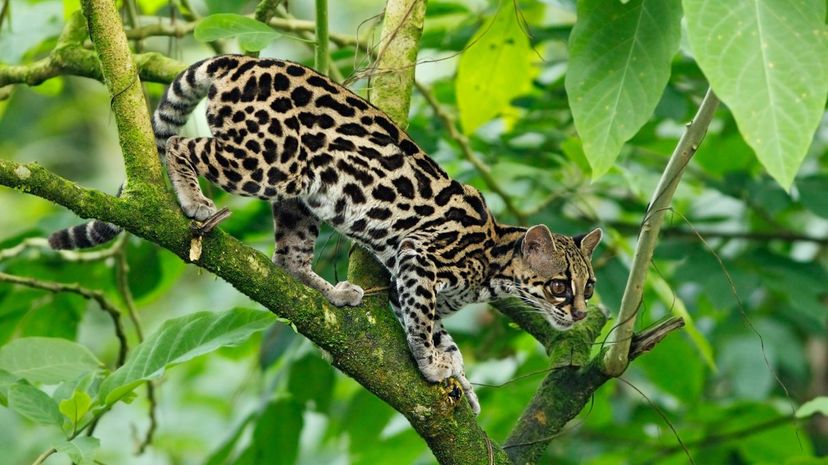
The conservation status of the margay is currently listed as near threatened. It's thought that their biggest threat is deforestation. Based on fecal samples, it's thought that they dine mostly on small mammals, monkeys, birds and lizards.
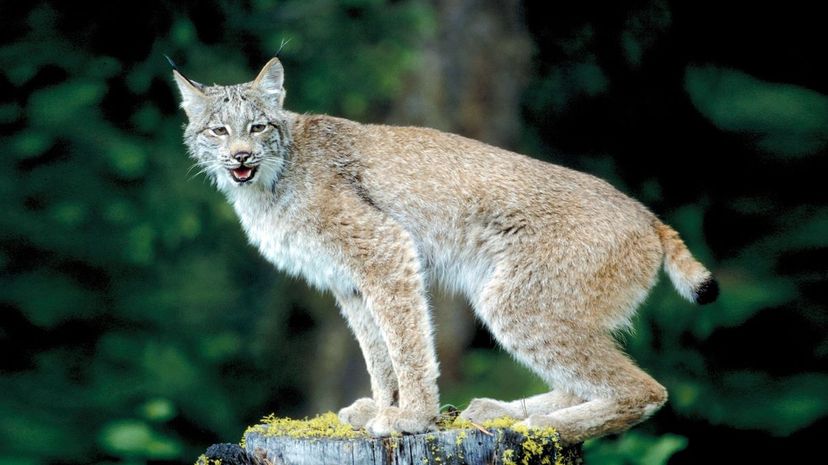
The Canada lynx is found across Canada, the northern United States and Alaska. It's one of the larger North American cats, ahead of the bobcat but behind the cougar. They weight up to 40 pounds.
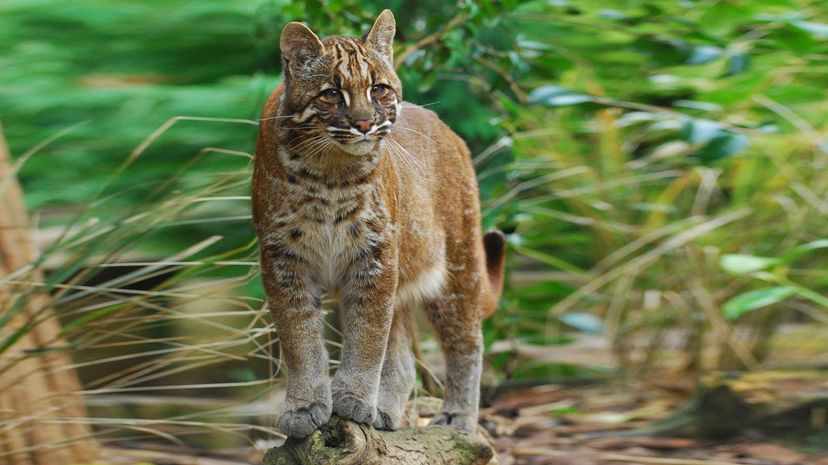
The Asian golden cat is also known as Temminck's cat and Asiatic golden cat. They grow up to 35 pounds and stand about twice as high as a domesticated cat. They may hunt prey as large as water buffalo.
Advertisement

If this cat looks familiar, it might be because you've seen them around your neighborhood. The domesticated cat comes in dozens of different breeds, but they're all considered members of the same species.
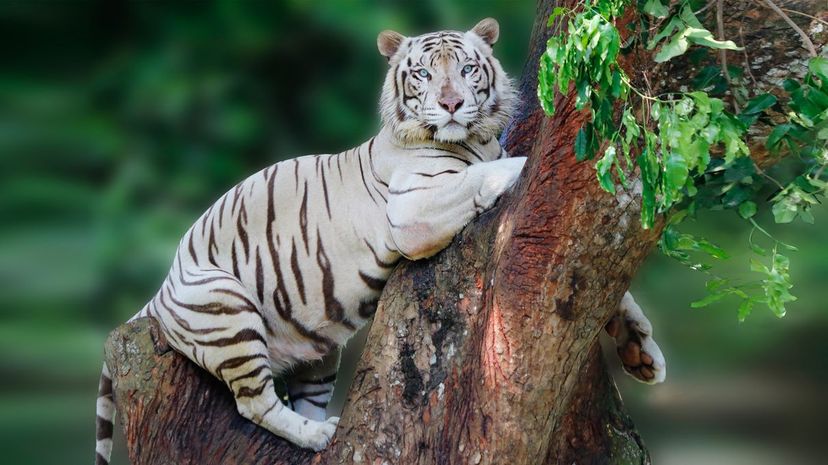
The white tiger is a subspecies of the Bengal tiger. To get its white coat, a tiger must be born with two parents that contain the recessive gene for white fur. White tigers lack pheomelanin, which gives most tigers their orange color.
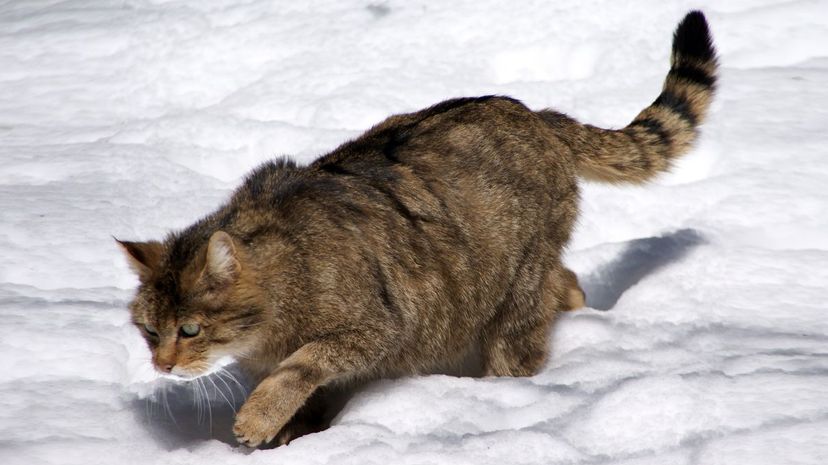
When you think of wild cats, you probably don't think about Europe. However, the European wildcat is found across many countries in Europe, including France, Italy and Spain. They're usually slightly larger than a domesticated cat.
Advertisement

The caracal has been used for thousands of years to help humans hunt. They show remarkable athleticism and can even jump higher than 12 feet to catch birds. Its range spreads across Africa and into India.
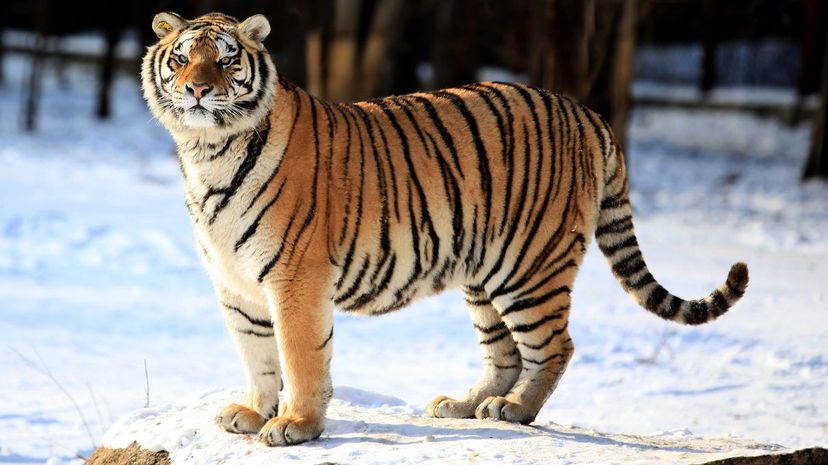
The Siberian tiger is currently listed as endangered. The population was down to fewer than 400 in 2005. However, by 2015, conservation efforts helped increase the population to more than 500. It's estimated that there are currently 562 Siberian tigers left in the wild.
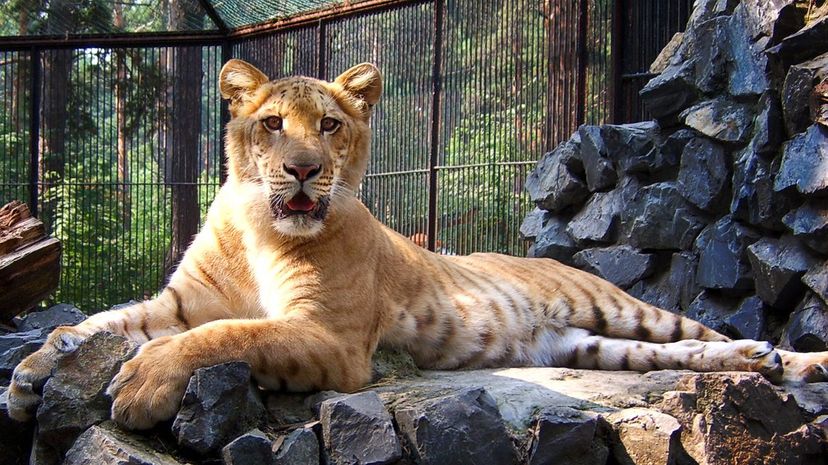
A liger is a crossbreed between a lion and a tiger. They're not thought to occur naturally in the wild because lions and tigers live in different types of habitats and rarely meet. They're the largest species of any cat, reaching over 800 pounds.
Advertisement
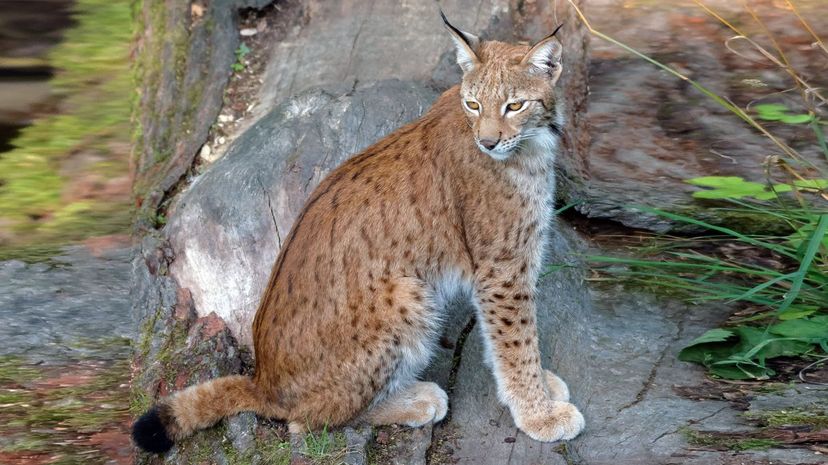
The Eurasian lynx's range spreads from eastern Russia to the Himalayas and Scandinavia. Their population is considered stable at around 10,000, and their conservation status is listed as least concern.
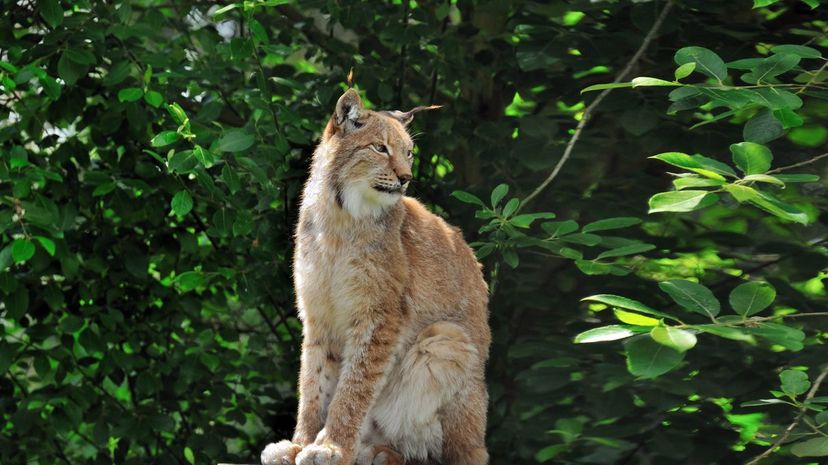
The Iberian lynx is found in Europe's Iberian Peninsula. They're currently listed as endangered. In 2000, it was estimated that there were only 100 left in the wild. However, conservation methods increased the population to 326 by 2012.
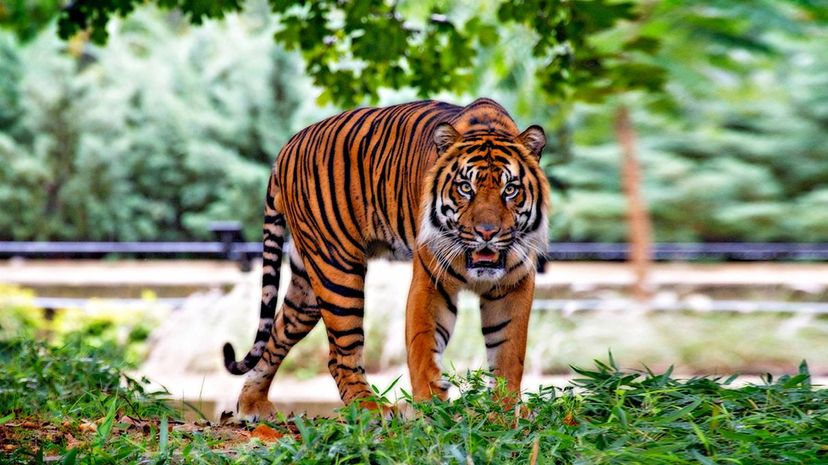
The Sumatran tiger is a subspecies of tiger found on Sumatra Island in Indonesia. They're considered to be critically endangered with about 500 left in the wild. The largest males weigh more than 300 pounds.
Advertisement
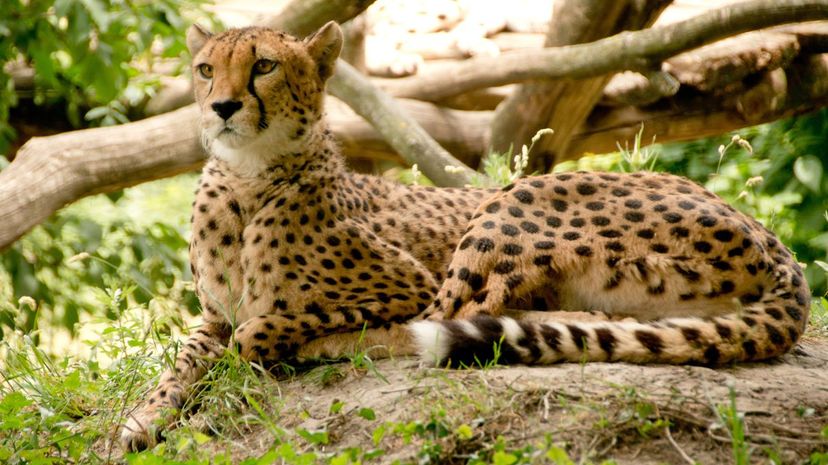
An estimated 7,100 cheetahs are remaining in the wild. Most of them are found in Africa, but their range extends as far as Iran. Throughout the 1900s, their population saw a rapid decline from habitat loss and poaching.
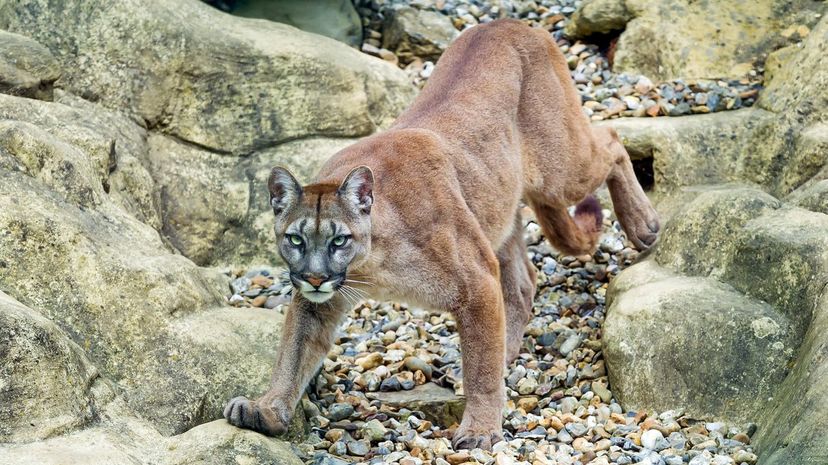
Cougars are found across South America, throughout the western United States and into Canada. They have several other names, including mountain lion, puma, and panther. They rarely attack people, but attacks have been increasing as their habitat shrinks.
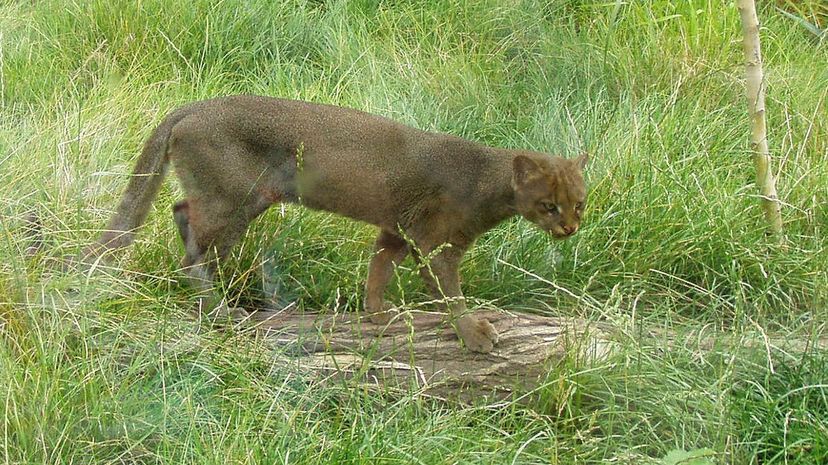
The jaguarundi is found throughout South America, Central America and as far north as Texas. They can weigh up to 20 pounds and come in two different colors, black or a brownish-red.
Advertisement
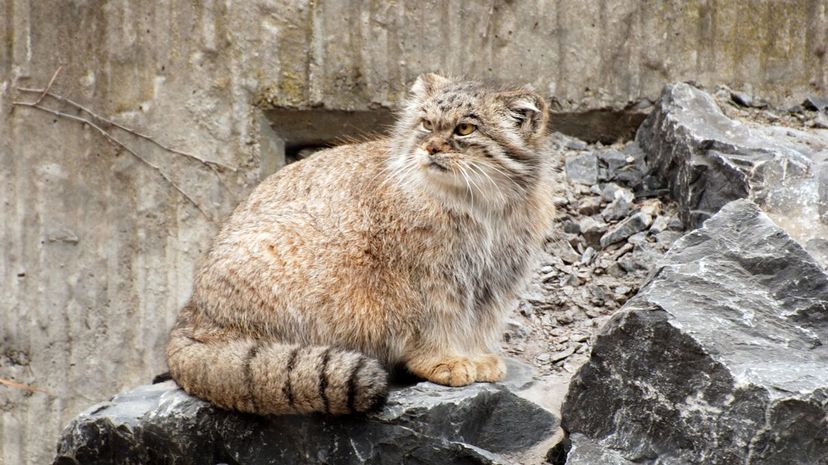
The Pallas' cat (also known as manul) is easy to recognize for its dense fur. They live across most of Asia with its largest population in China. Their name comes from German biologist Peter Simon Pallas who was the first to classify them.
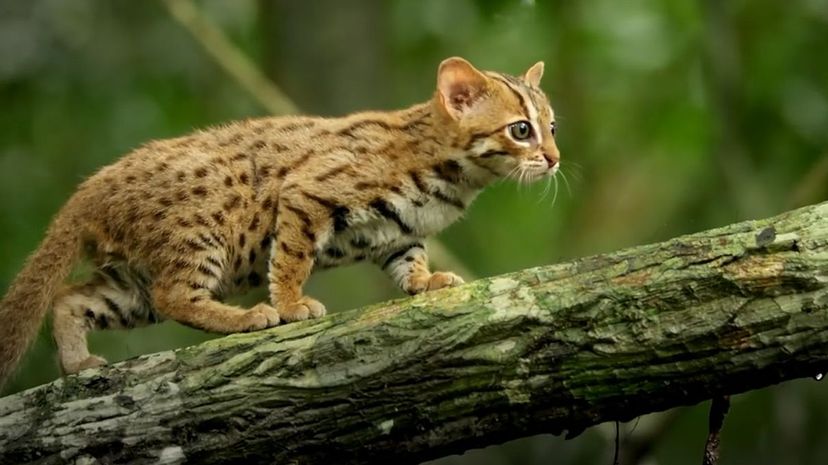
The black-footed cat is known as the smallest cat breed in the world. However, the rusty-spotted cat seen here isn't too far from that title. Adult males rarely exceed 4 pounds and may weigh as little as 2 pounds.
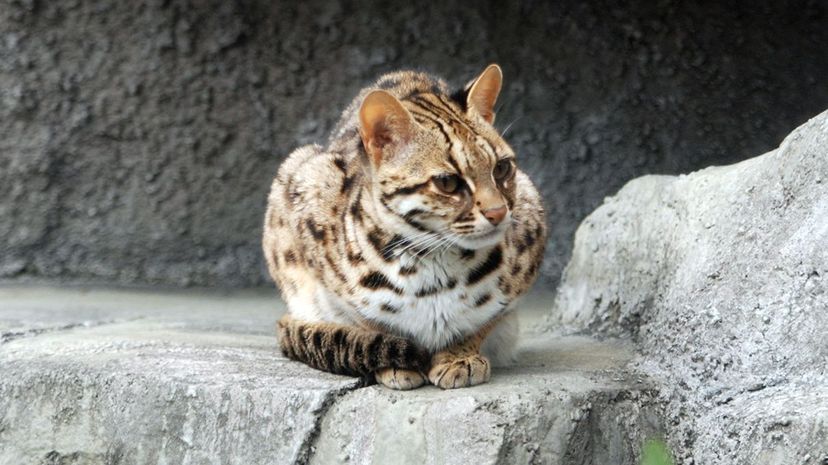
The leopard cat gets its name from the spotted appearance that makes it look like a small leopard. While some subspecies, like the Indian leopard cat, also have a very spotted appearance, other breeds, like the Amur leopard cat, are a duller gray.
Advertisement
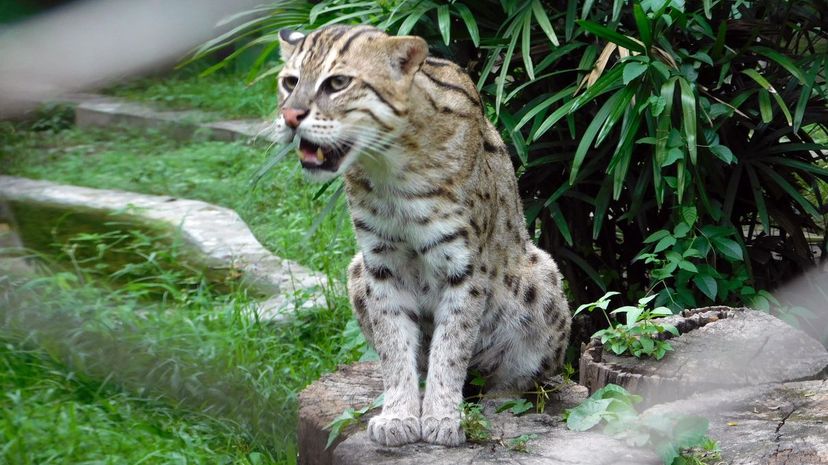
The fishing cat lives along bodies of water and wetlands. As you can probably guess from their name, they eat primarily fish. They catch their prey by either hunting from riverbanks or diving into the water.
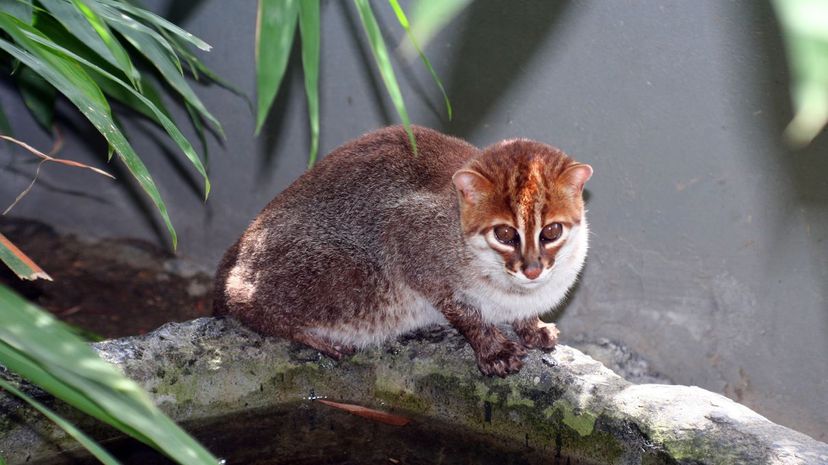
The flat-headed cat lives throughout Southeast Asia, and it's estimated that there are fewer than 2,500 cats left in the wild. They live primarily in wetlands and swamps that are often destroyed by humans.
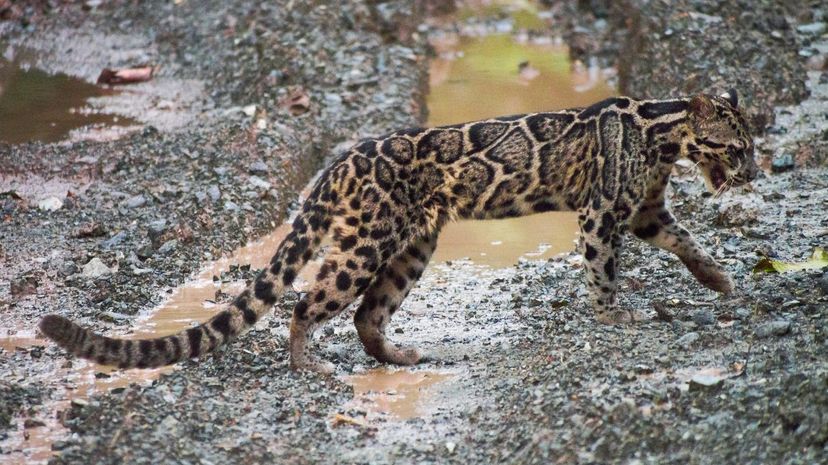
The Sunda leopard cat is usually smaller than a house cat. It may look like a little leopard, but it doesn't hunt anything larger than a rabbit. They generally eat amphibians, lizards, small birds and mice.
Advertisement
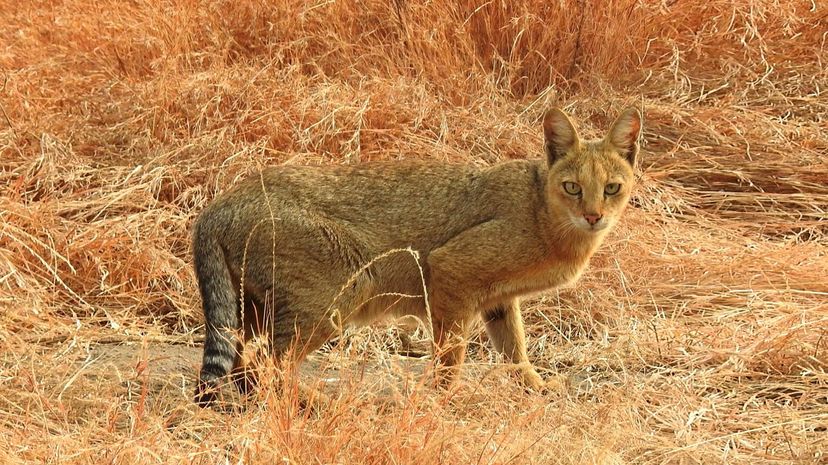
The jungle cat is also known as the reed cat or swamp cat. As its name suggests, it spends most of its time in wetlands, jungles and swamps it dines on birds and small mammals. Their range spreads from Western Africa to Southeast Asia.
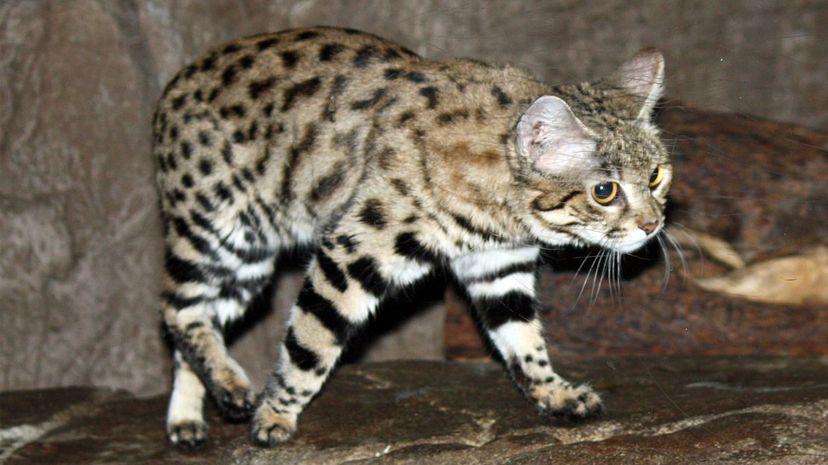
The black-footed cat doesn't look much different than certain breeds of household cats. They live throughout Southern Africa and are the smallest cats in the world. Males reach a maximum weight of 5.4 pounds and females about 3.6 pounds.
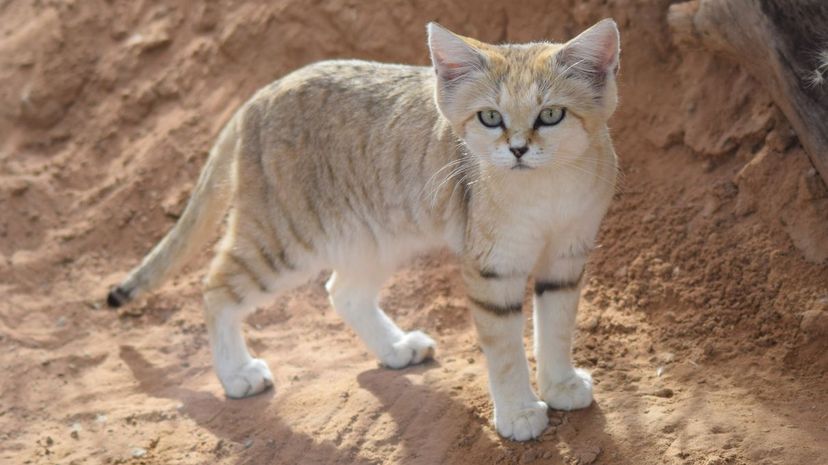
The sand cat, otherwise known as the sand dune cat, is found in the deserts of the Middle East and Northern Africa. They have long hairs on their feet that help them walk on sand even during the heat of the day.
Advertisement
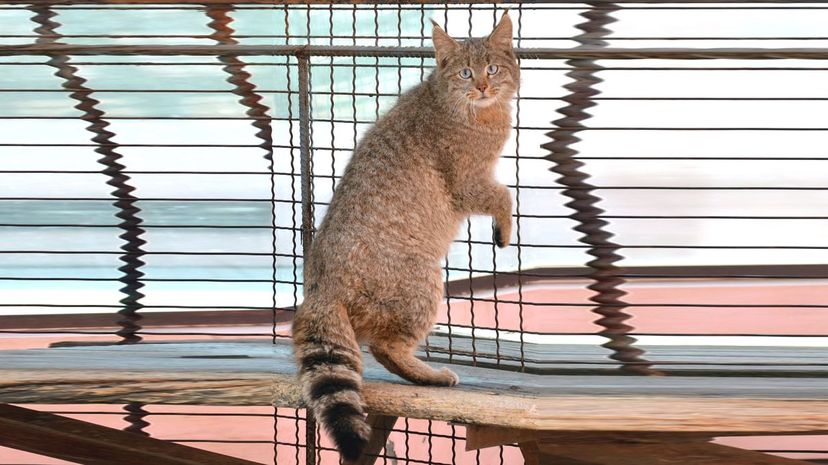
The Chinese mountain cat is also known as the Chinese desert cat. Their range is contained within Central and Northern China. Their sandy color helps them camouflage with the sands of the Gobi Desert.